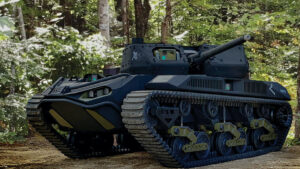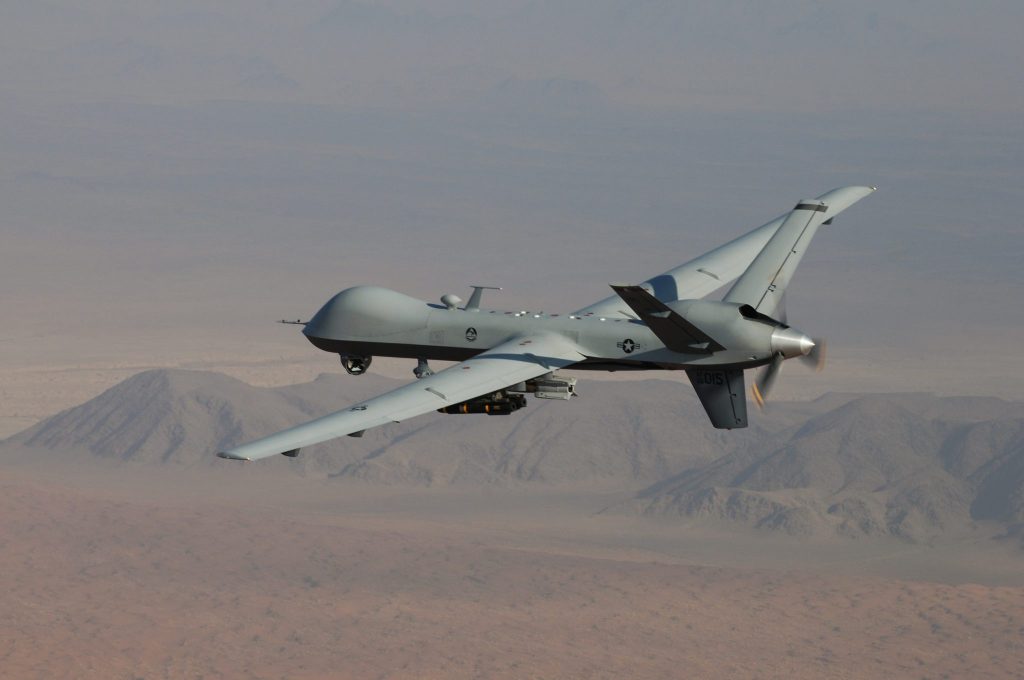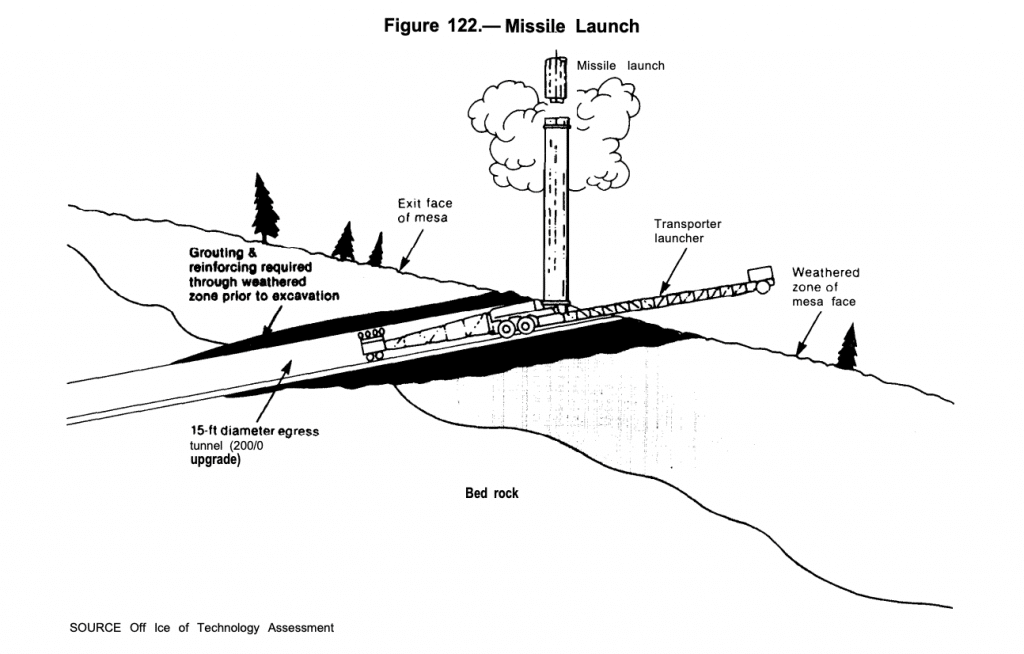BY PATRICK TUCKER
 The era of artificial intelligence presents new opportunities for elite troops like the Army Rangers or Navy SEALs, but those opportunities are conscribed by some hard limits: for example, the power and connectivity of computers behind enemy lines, or the span of human attention in dangerous, stressful environments.
The era of artificial intelligence presents new opportunities for elite troops like the Army Rangers or Navy SEALs, but those opportunities are conscribed by some hard limits: for example, the power and connectivity of computers behind enemy lines, or the span of human attention in dangerous, stressful environments.U.S. Special Operations Command, or SOCOM, is working with the Defense Advanced Research Projects Agency, or DARPA, on new projects and experiments to bring artificial intelligence to operators working in the sorts of environments where the computing power and data to run commercial AI applications aren’t present. Lisa Sanders, SOCOM’s director of science and technology for special operations forces, acquisition, technology, and logistics, told Defense One that in many cases that means re-inventing artificial intelligence from the ground up and developing completely new insights into how humans use it.
Much of the artificial intelligence that regular consumers use every day work by connecting the device to large cloud computing capabilities elsewhere. Perhaps the most prominent are digital assistants such as Siri and Alexa that derive their power from natural language processing, a fast-growing subset of AI that applies machine learning to spoken language. But there are hundreds of other AI tools that consumers use without even realizing it. When the map on your phone suggests re-routing to avoid a traffic jam, that’s AI at work. Most of the recommendation engines you come across on streaming video or music services can be considered artificial intelligence with narrow application. But most developers in this burgeoning field rely on being able to reach back through a network to huge databases and powerful cloud computing centers.
“The commercial world is used to being able to walk into a restaurant anywhere in the world, take a picture of the menu and hit ‘translate.’ But that presumes that you have access to a common set of readily available information about that language and ready access back to the cloud, because that’s not really processed in your handheld phone,” said Sanders.

/cloudfront-us-east-1.images.arcpublishing.com/mco/KZFB2GQCZJB7JF4HDQMP2ENZ5Y.jpg)
/cloudfront-us-east-1.images.arcpublishing.com/mco/PSB7XJZZCJBINAZ2BNJLAVHM34.jpg)


/cloudfront-us-east-1.images.arcpublishing.com/mco/S2I3G3XDTJEMVKCL2OQDPG4DFU.jpg)









/cloudfront-us-east-1.images.arcpublishing.com/mco/63C5CNSFXJH4FFXYEZOLCNMEII.jpg)


/cloudfront-us-east-1.images.arcpublishing.com/mco/GVQF3DTAPRFGJNXHOBWKGZPUE4.jpg)
